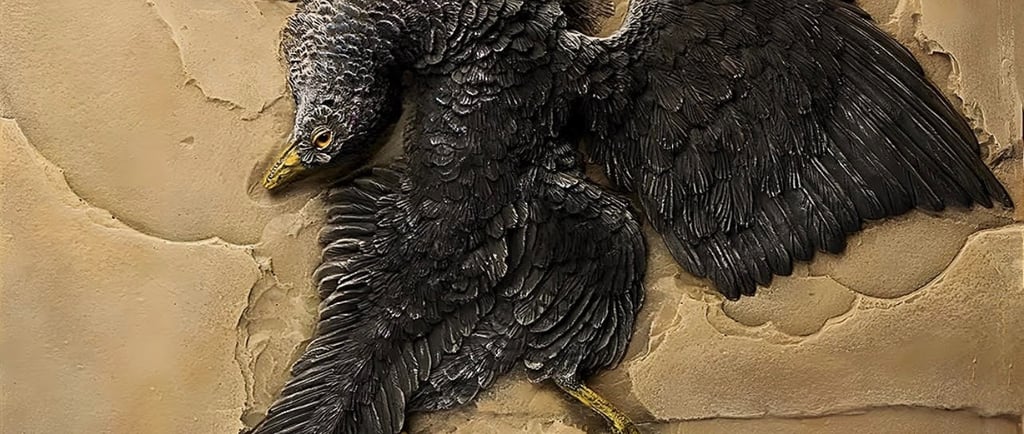The Archaeopteryx: A Fascinating Link Between Dinosaurs and Modern Birds


Introduction to the Archaeopteryx
The Archaeopteryx is a remarkable genus that bridges the gap between dinosaurs and modern avian species. Often hailed as the oldest known bird, this small creature exhibited features that closely resemble those of contemporary birds, underscoring the evolutionary transition from theropod dinosaurs to avians. With a body length of approximately 0.5 meters and a wingspan reaching 0.7 meters, the Archaeopteryx provides invaluable insights into the origins of flight.
Physical Characteristics and Size
Weighing between 0.5 to 1 kilogram, the Archaeopteryx was relatively lightweight, an essential trait for flight. Its morphology featured well-formed feathers that were strikingly similar to those observed on today's birds. These feathers not only aided in the potential for powered flight but also suggested a form of insulation, which may have been crucial for survival in varied climates. The appearance of feathers in Archaeopteryx challenges previous notions that such traits were exclusively linked to the development of flight.
The Significance of the Archaeopteryx in Evolutionary Biology
The Archaeopteryx holds a pivotal role in the study of evolutionary biology. As one of the earliest examples of a bird-like dinosaur, its study helps paleontologists understand the evolutionary mechanics that led to the emergence of modern birds. The unique characteristics of the Archaeopteryx, particularly its blend of avian and reptilian features, demonstrate the complex evolutionary pathways that exist. The presence of both feathers and retained dinosaur-like traits, such as teeth and a long bony tail, emphasizes the transitional nature of this fascinating genus.
In summary, the Archaeopteryx starkly illustrates the intricate relationship between ancient reptiles and present-day birds. By examining its physical structure and ecological role, scientists can glean essential lessons about adaptability, evolution, and flight dynamics. This exquisite combination of features serves as a testament to nature's ability to innovate and adapt over millions of years, ultimately giving rise to the diverse avian species we see today.
